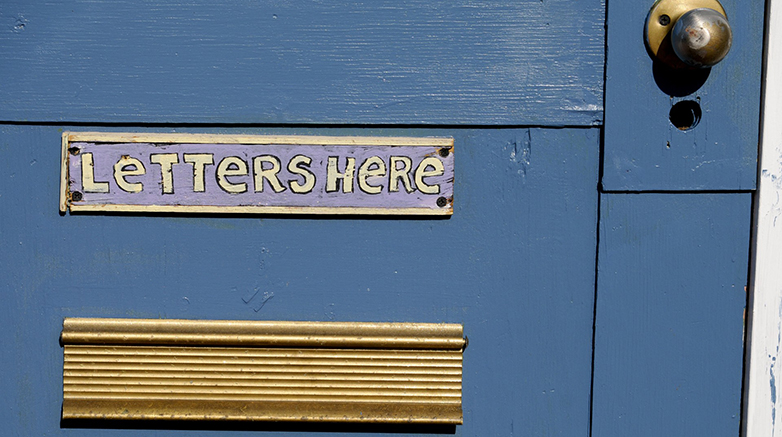I was extremely proud of the City Council last night for voting unanimously to ban declawing of cats.
Declawing is a misnomer.
It is not just removing the claw of a cat.
It is amputating the entire last joint of a cat's toe. It is wholly unnecessary, and the Royal College of Veterinary Surgeons in the U.K. calls it “mutilation.”
Declawing is one of the most painful routinely performed surgeries in all of veterinary medicine.
Yet the scientific literature reports that 30 percent of veterinarians are giving cats no peri-operative pain medications whatsoever. Ironically, declawing is used by drug companies to test new medications in their clinical trials because the surgery is so predictably painful.
Because the surgery is unnecessary and so painful, the American Veterinary Medical Assn.'s professional position statement on the surgery is that declawing should only be considered after all humane options to curb unwanted scratching have been exhausted.
However, the Southern California Veterinary Medical Assn. (SCVMA) states in its monthly magazine, the Pulse, that 76 percent of cats are declawed before they are 8 months old.
These are kittens. They have not had a chance to learn anything. No one would consider removing all of the teeth on a puppy who chews up slippers. The SCVMA also indicates that 95 percent of declawing of cats is done to protect household furnishings and that 5 percent of vets are making over $1000/hour declawing cats.
Declawing can be crippling for cats. Declawed cats are at an increased risk for losing their homes because they bite more and they use the litter box less. Anyone who is intolerant of scratching on the couch is certainly going to be intolerant of peeing on the couch. In other words, by declawing the cat, the veterinarian could very well be sending that cat out of the home and to the shelter where it will most likely be put down.
It is not a good idea for veterinarians to recommend declawing for the cats of immuno-compromised people when their infectious disease specialists say not to declaw the cat. Declawed cats bite more. They use the liter box less. These are much bigger concerns for these people.
By the way, why are veterinarians prescribing for humans anyway? National public health organizations, like USPHS and CDC, don't recommend declawing for cats owned by people living with HIV/AIDS. In fact, John Duran, the Mayor of West Hollywood, who enacted the first declaw ban in all of North America, is living with HIV/AIDS.
In a misguided, yet very sweet, attempt to save humans from cat scratches, Mayor Andy Weissman considered adding an amendment that would have allowed cats to be declawed to protect the owners and family members of the owners from scratches.
This shows that he is a very caring person, but his veterinary sources have not given him the true information.
Declawing gives people a false sense of security. People think they have protected themselves from cat-induced injury.
But the reality is that they have increased their risk of serious injury by making that cat have only its teeth to protect itself. Cat bites are almost always more severe than cat scratches. Often, they require a trip to the hospital. Fortunately, the Mayor realized that he had been misinformed by the pro-declawing vets and retracted his amendment.
I think he realized that he had been fed a line and that, as Councilmember Mehaul O'Leary pointed out, people in Europe live with clawed cats and somehow seem to be surviving even though they also have babies, old people, people on blood thinners and people with compromised immune systems.
With so many humane alternatives to declawing — like nail trimming, Soft Paws, appropriate scratching posts, and training (yes, cats can be trained) available — why would we choose the inhumane?
Dr. Conrad, DVM, veterinarian and founder of the Paw Project, may be contacted through www.PawProject.org







